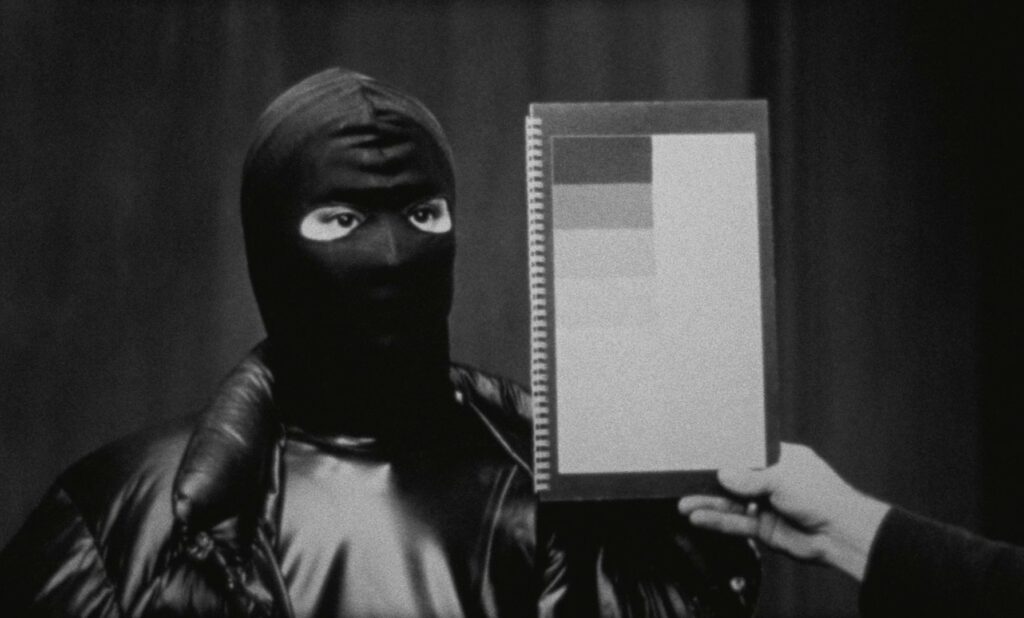
Olivier Assayas’ Irma Vep (1996) is something of a contemporary classic. I love the idea that a French filmmaker would watch The Heroic Trio (1993) on LaserDisc and cast Maggie Cheung as Irma Vep in a remake of Les Vampires (1915-16) based on that performance. This is made even more ridiculous by the fact that Jean-Pierre Léaud plays this certain French director and that he does so while doing a François Truffaut impression. Assayas layers this film with so many such jokes and references, some much more subtle, that Irma Vep is a densely intertextual piece.
At its core Irma Vep is a love letter to Louis Feuillade and Maggie Cheung. All of the intertextuality that surrounds these two artists within the complex of the film merely reinforces their value; the former as a talisman of cinema and the latter as a human being. There’s plenty of juxtaposition between Louis Feuillade and Maggie Cheung in terms of their cultural capital and their humanity, but what really interests Assayas are their similarities. Consider that, in Irma Vep, no one can seem to stay awake through Les Vampires. Assayas shows us Lou Castel passed out in front of the television while a tape of Les Vampires plays and earlier in the film Bulle Ogier admitted to having only seen two of its episodes.
Maggie Cheung is an approximation of a real human. being. Add to that Maggie Cheung does not speak French yet she is working on a French set and starring in a French film. She is the outsider, as elusive and inaccessible as Louis Feuillade’s Les Vampires. The cultural status of Cheung and Les Vampires is what, within the context of Assayas’ film, makes them relevant. The characters in Irma Vep fetishize Les Vampires and Maggie Cheung as part of the culture of “cool”; that idea where one is only as interesting or as valuable as a human being as one’s tastes in art.
This is the joke of Irma Vep; all the satirizing of French film culture is just the dressing. For Assayas an homage to Les Vampires is a kind of gag unto itself. To lampoon post-Tarantino film culture Assayas embraces its means of cultural commodification so as to subvert it from the inside. However Assayas is not indifferent to his two subjects. As venomous as his dark wit may be Maggie Cheung and Louis Feuillade’s films are always treated with a quiet tenderness and respect. The trick here is that Irma Vep shows us cultural commodification in the cinema rather than demonstrating it.
In some ways one could read the character of Maggie Cheung as a stand-in for Assayas. Instinctively the viewer associates Assayas with Léaud’s character but that’s only part of the equation. At least as far back as Rendez-vous (1985) Assayas has been telling stories about women traveling to foreign cities and discovering some aspect of themselves. Surely this is a metaphor for Assayas’ own encounters with the cinema where every movie is a kind of voyage to an unknown land. Cheung is the most complete manifestation of this concept. She not only journeys to a foreign city, but she does so to appear in a film which in turn could potentially be a journey for the audience.
One of the reasons that Irma Vep is still so popular is that even though it is pessimistic about the film industry it isn’t mean spirited. Assayas has always been invested in connecting the cinema of the present to the cinema of the past and in Irma Vep we see his most explicitly dynamic investigation of those relationships. There’s clearly plenty about the cinema that Assayas dislikes but he’s still profoundly in love with the medium.
